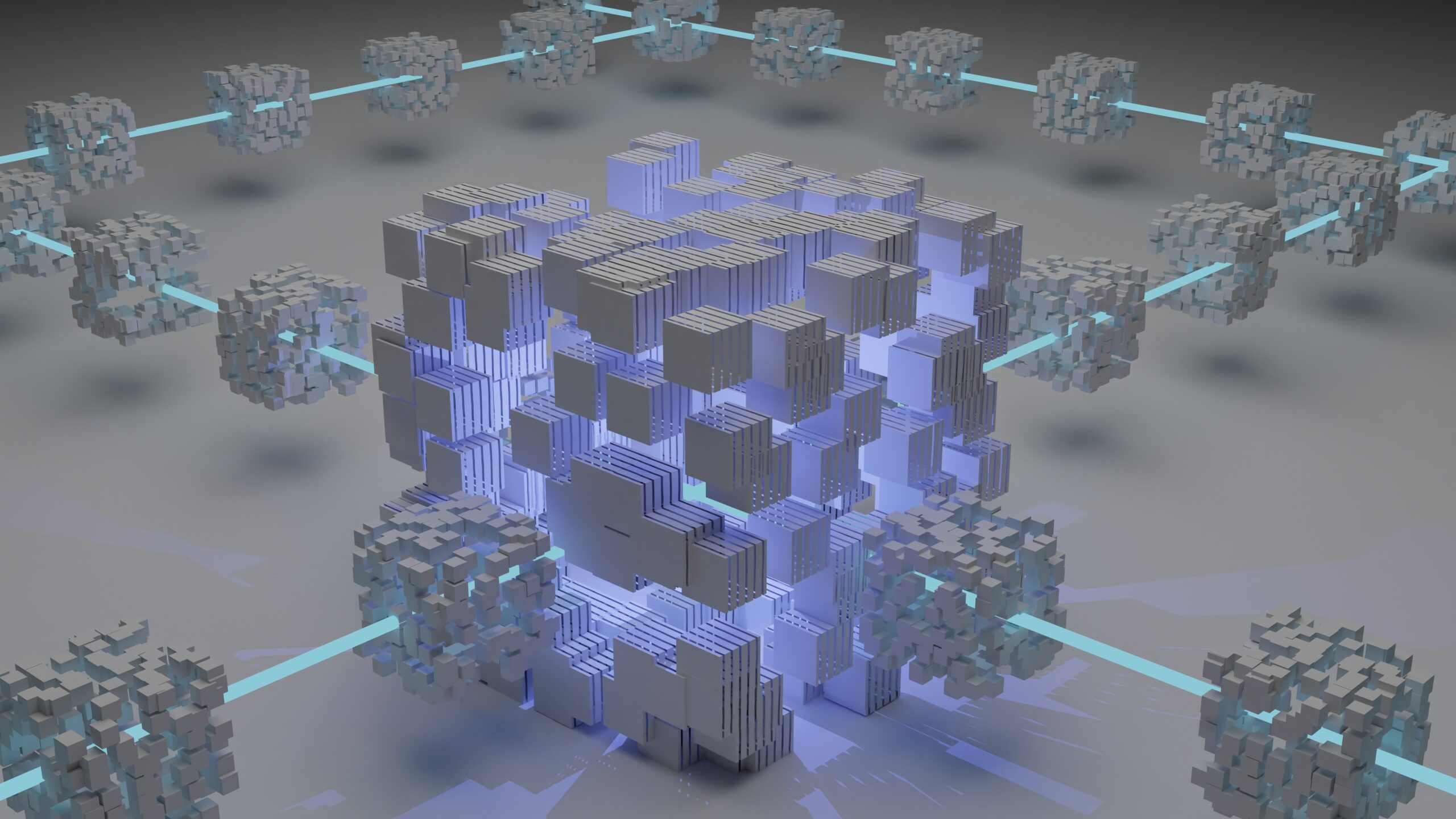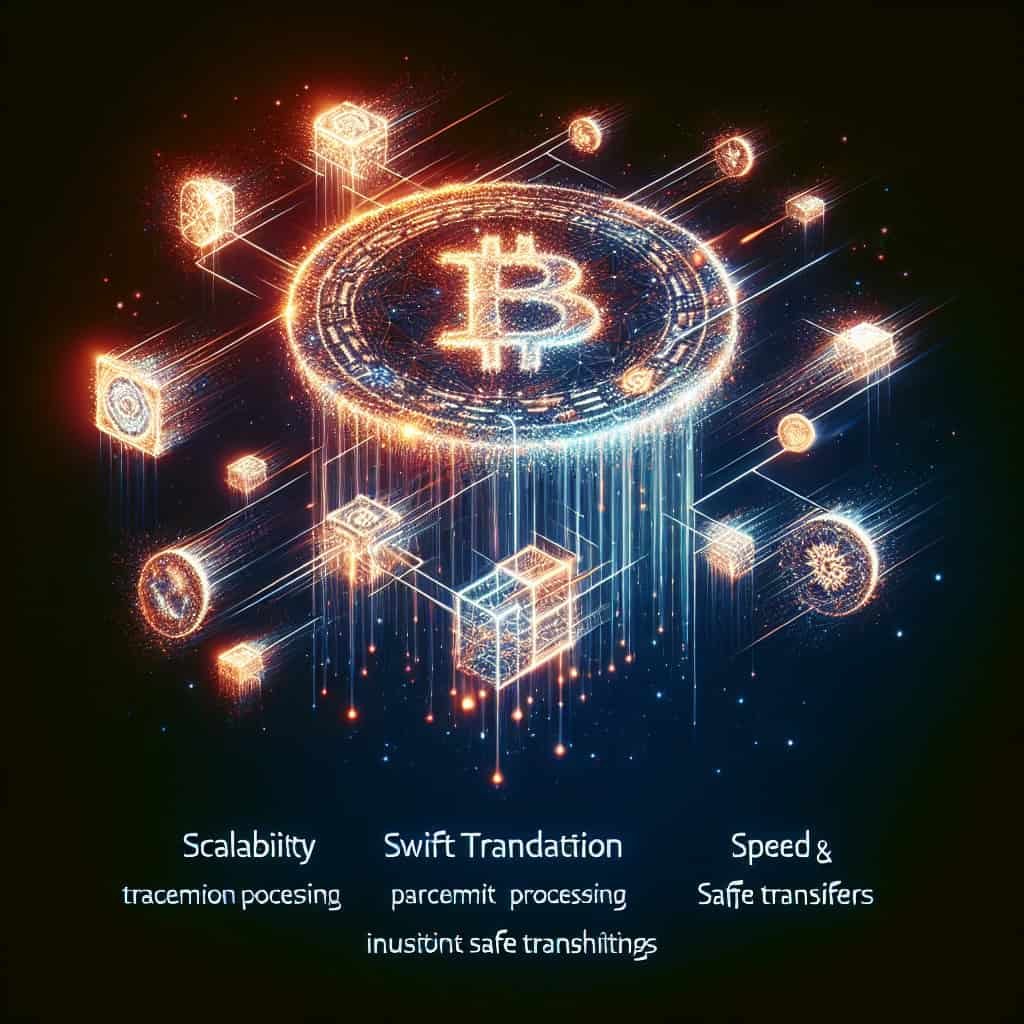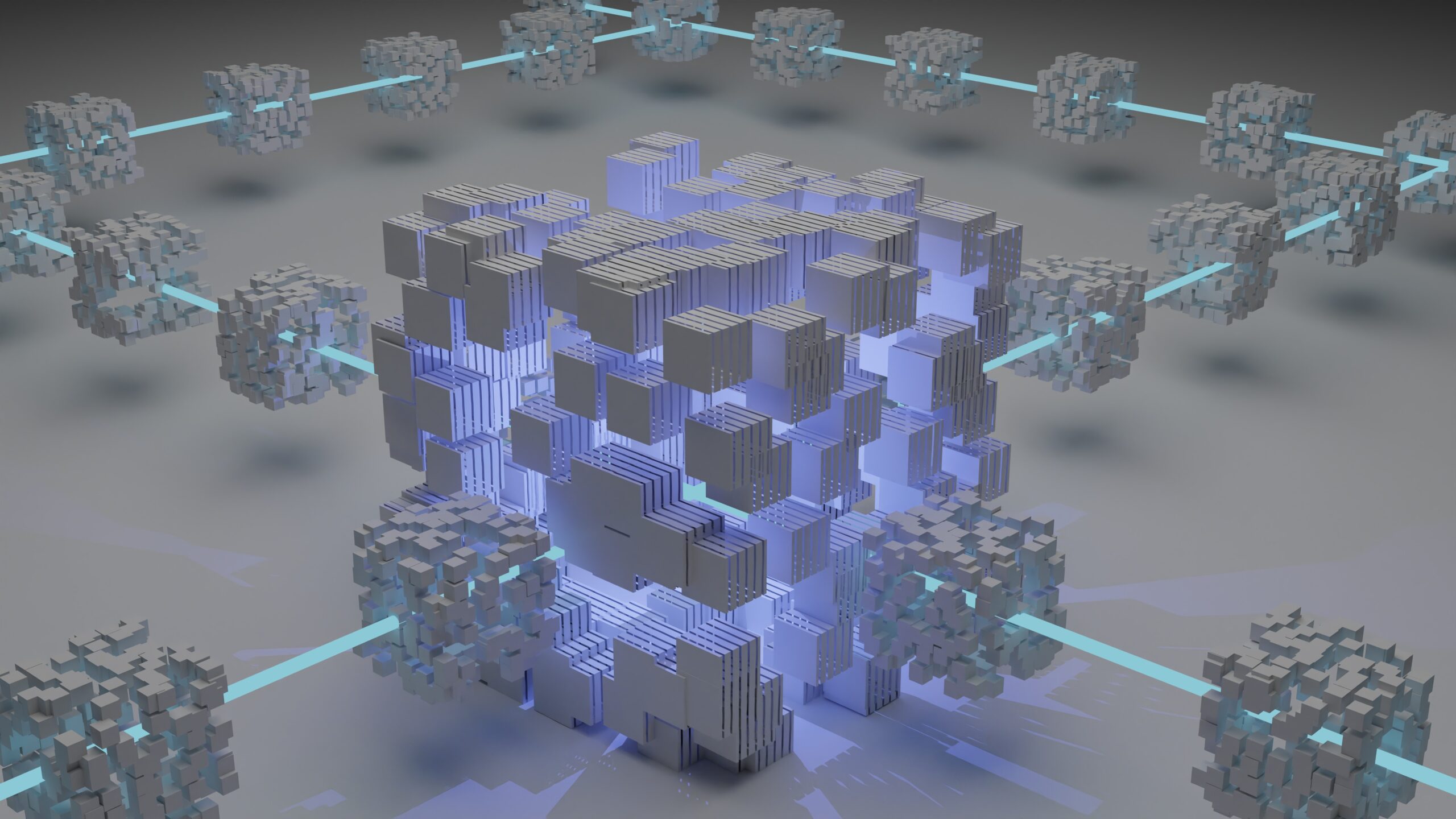Imagine a world where transactions are lightning-fast, secure, and affordable. A world where cryptocurrency is accessible to everyone, revolutionizing the way we conduct business and exchange value. Well, look no further than OMG Network (OMG). With its innovative solutions and cutting-edge technology, OMG Network is set to transform the way we think about blockchain and bring us one step closer to a decentralized future. So, get ready to say goodbye to lengthy transaction times and high fees, and say hello to the future with OMG Network.

What is OMG Network (OMG)?
OMG Network, formerly known as OmiseGO, is a layer 2 scaling solution for the Ethereum blockchain that aims to address the scaling issues and limitations of the Ethereum network. It was founded by Jun Hasegawa and Donnie Harinsut in 2017 with the goal of enabling fast and cheap transactions with the potential to revolutionize the way we transfer and exchange value.
Background
Ethereum scaling issues
As Ethereum gained popularity, it faced significant scalability challenges. The limited throughput of the network resulted in high fees and slow confirmation times, making it less practical for everyday transactions. This limitation hindered the mainstream adoption of Ethereum and highlighted the need for a viable scaling solution.
Vitalik Buterin’s Plasma Network proposal
To tackle the scaling challenges of Ethereum, Vitalik Buterin, the co-founder of Ethereum, proposed the Plasma Network. Plasma is a Layer 2 solution that aims to increase the network’s capacity by creating off-chain networks that are secured by the Ethereum mainchain. This proposal laid the foundation for the development of OMG Network.
How does OMG Network work?
Overview of OMG Network’s architecture
OMG Network is built on the concept of a More Viable Plasma (MoreVP) framework, which is an implementation of the Plasma Network proposal. It functions as a sidechain to Ethereum, allowing for faster and more cost-effective transactions without sacrificing the security and decentralization of the underlying Ethereum blockchain.
OMG Network achieves scalability by utilizing a technology called “Plasma” or “Child Chain.” This technology allows for the creation of multiple child chains or sidechains, each capable of processing a high volume of transactions. These sidechains operate independently, processing transactions faster and with lower fees.
The OMG Network’s architecture relies on a network of “watchers” who monitor and validate transactions on the child chains. The watchers ensure the security and integrity of the network by periodically anchoring the child chain data on the Ethereum mainchain. This anchoring process provides a layer of trust and security, as any invalid or fraudulent transactions can be challenged and disputed through the Ethereum mainchain.
Key Features and Benefits
Fast and cheap transactions
One of the key features of OMG Network is its ability to provide fast and cheap transactions. By leveraging the scalability of sidechains, OMG Network can significantly increase the transaction throughput, resulting in faster confirmation times and lower fees compared to the Ethereum mainchain. This makes it more practical for everyday transactions and promotes the usability and adoption of decentralized applications (DApps) built on Ethereum.
Scalability
OMG Network’s scalability is a major advantage over the Ethereum mainchain. With its off-chain approach and the ability to process a high volume of transactions on its child chains, OMG Network can handle increased network demand without congesting the Ethereum mainchain. This scalability allows for the smooth operation of DApps and paves the way for the widespread use of blockchain technology.
Interoperability
OMG Network aims to promote interoperability between different blockchains and payment systems. By acting as a layer 2 solution for Ethereum, OMG Network enables seamless integration with various Ethereum-based applications and smart contracts. This interoperability opens up opportunities for cross-chain transactions and facilitates the transfer of value between different blockchain ecosystems.

Proof of Stake
Transition from Proof of Work to Proof of Stake
OMG Network is planning to transition from the current Proof of Work (PoW) consensus mechanism to Proof of Stake (PoS). PoS is a more energy-efficient consensus algorithm that relies on validators holding and “staking” their OMG tokens as collateral to validate transactions and secure the network. This transition will help reduce the carbon footprint of OMG Network and enhance its sustainability.
OMG staking mechanism
OMG tokenholders will have the opportunity to participate in the network’s consensus mechanism and earn rewards by staking their tokens. By staking OMG tokens, users contribute to the security and decentralization of the network while also potentially earning additional OMG tokens as rewards. This staking mechanism incentivizes token holders to actively participate in the network and foster a strong and engaged community.
Partnerships and Integrations
Collaborations with major companies and projects
OMG Network has established partnerships and collaborations with several major companies and projects. Notable partnerships include integration with Tether (USDT), one of the most popular stablecoins, to facilitate faster and cheaper transactions for USDT holders. OMG Network has also collaborated with financial services provider Siam Commercial Bank to explore the potential of blockchain technology in the banking sector. These partnerships demonstrate the potential of OMG Network to revolutionize various industries and drive mainstream adoption of blockchain technology.

Current and Future Applications
Payment solutions
OMG Network provides a promising solution for fast and secure payment transactions on the Ethereum blockchain. By enabling faster confirmation times and lower fees, OMG Network makes it more viable for everyday transactions, such as retail payments and peer-to-peer transfers. The technology has the potential to reshape the payment industry by offering a decentralized and efficient alternative to traditional payment systems.
Decentralized Finance (DeFi)
Decentralized Finance (DeFi) has gained significant traction in recent years, and OMG Network can play a crucial role in its growth. With its scalability and low transaction fees, OMG Network can support the increasing demand for DeFi applications, such as decentralized exchanges and lending platforms. By providing a more efficient and cost-effective infrastructure, OMG Network contributes to the development and expansion of the DeFi ecosystem.
Asset tokenization
OMG Network’s scalability and interoperability make it an ideal platform for the tokenization of assets. By leveraging the Ethereum blockchain, OMG Network enables the creation and transfer of digital assets in a secure and transparent manner. This has implications for various industries, including real estate, art, and supply chain management, as it allows for the fractional ownership and efficient transfer of traditionally illiquid assets.
Tokenomics and Distribution
OMG token utility
OMG token serves as the native currency of the OMG Network ecosystem. It has various utilities within the network, including participating in the consensus mechanism, voting on network upgrades, and accessing network services. The OMG token is also used as a medium of exchange and can be traded on many cryptocurrency exchanges, enabling liquidity and facilitating the integration of OMG Network with other platforms and applications.
Token distribution and supply
OMG token was initially distributed through a public token sale in 2017, where contributors had the opportunity to acquire OMG tokens. The total supply of OMG tokens is fixed at 140,245,398 tokens. Some OMG tokens were reserved for the team, advisors, and strategic partners, while the majority of the tokens were made available to the public during the token sale. This distribution ensures a fair allocation of tokens and encourages widespread participation in the network.

Recent Updates and Development
OMG Network’s latest developments and updates
OMG Network continues to make significant progress in its development. Recently, the network launched its Plasma More Viable Plasma (MoreVP) mainnet, marking a major milestone in its roadmap. The launch of the mainnet signifies the readiness of OMG Network’s technology for real-world applications and paves the way for further adoption and integration. The team behind OMG Network continues to actively enhance the platform’s capabilities and explore new features to meet the growing demands of the Ethereum ecosystem.
Challenges and Competition
Ethereum 2.0
Ethereum 2.0, also known as Ethereum 2.0 or ETH 2.0, is a major upgrade to the Ethereum network that aims to address its scalability and performance issues. The introduction of Ethereum 2.0, with its shift to a PoS consensus mechanism and the implementation of shard chains, poses a direct competition to OMG Network. However, both solutions can coexist and serve different use cases within the broader Ethereum ecosystem.
Other scaling solutions
OMG Network is not the only scaling solution available for Ethereum. There are several other projects and technologies, such as state channels and sidechains, that aim to address the scalability challenges of Ethereum. While each solution has its own strengths and limitations, the competition encourages innovation and fosters the development of more robust and efficient scaling solutions.
In conclusion, OMG Network (OMG) provides a compelling solution to the scalability issues faced by the Ethereum blockchain. With its fast and cheap transactions, scalability, and interoperability, OMG Network has the potential to unlock the full potential of blockchain technology and drive widespread adoption. As the development of OMG Network continues and partnerships expand, it will be exciting to see how OMG Network shapes the future of decentralized finance, payment systems, and asset tokenization.

